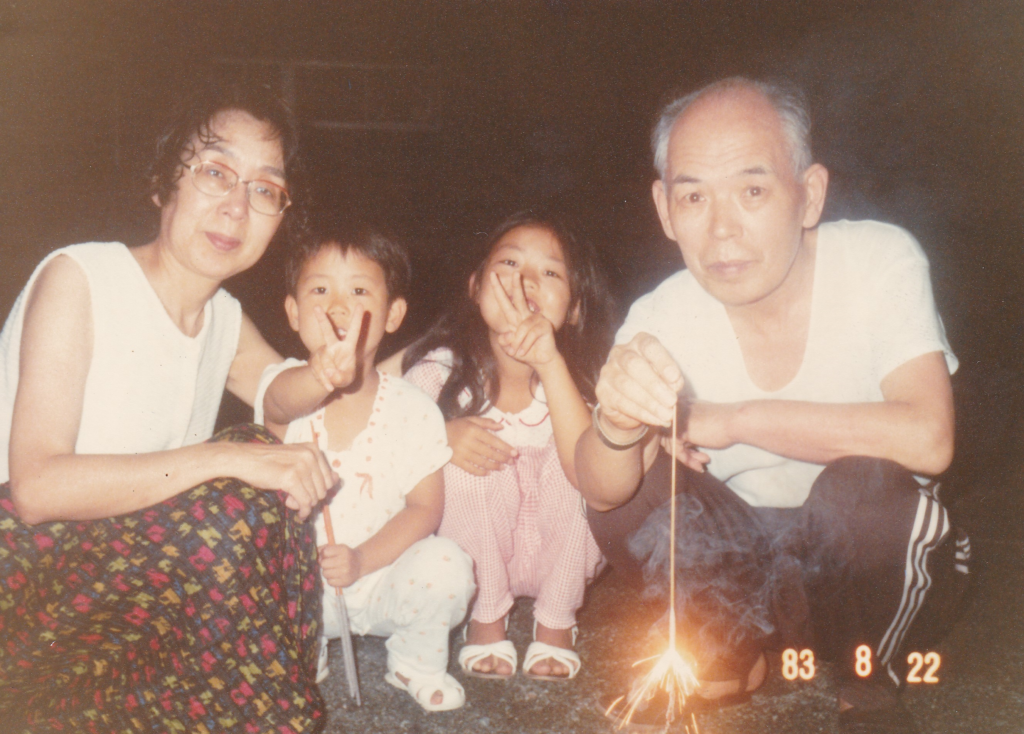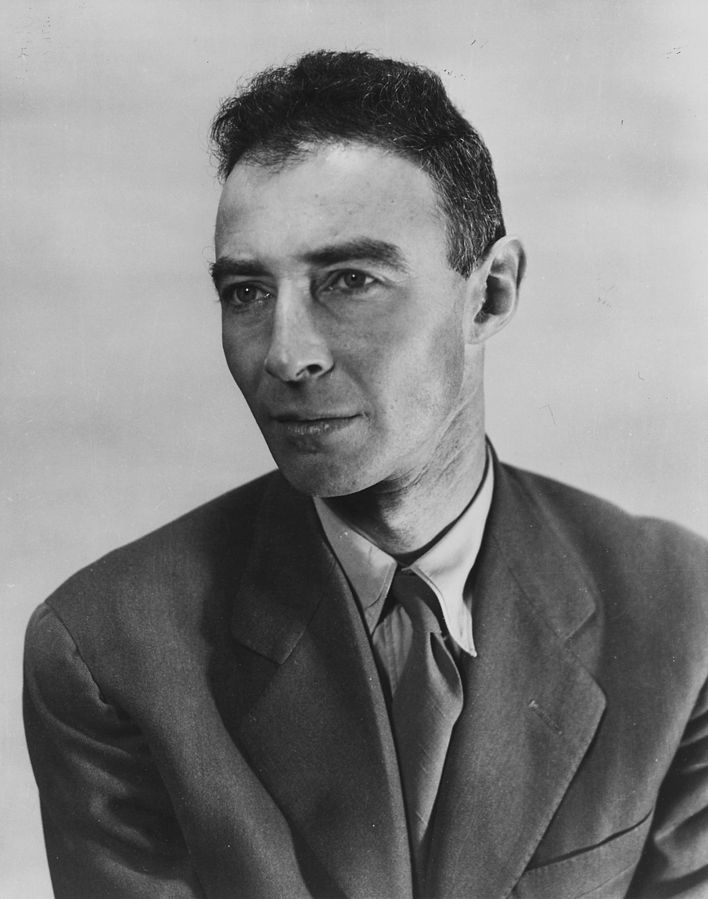This blog entry is based loosely on my bi-weekly column “The Way of the Piano” for Nikkan San to be published on September 17th.
The movie ”Oppenheimer” depicts the complex life of the theoretical physicist, Robert J. Oppenheimer a.k.a “the father of the atomic bomb.” Its release date in the U.S., July 21st, coincided with that of the comedic “Barbie.” It ended up with Barbenheimer meme going viral, that received a public backlash from Japan with #NoBarbenheimer. The movie continues to mark record breaking box office sales worldwide, while the delayed announcement of Japanese release date spreads the rumor of the movie being banned in Japan. As a Japanese diaspora and a granddaughter of a hibakusha (atomic bomb survivor), I went to the theater with a certain sense of obligation.
John Adams’ opera, “Dr. Atomic” (2005) follows Oppenheimer as the director of the so-called Manhattan Project chronologically, leading up to the first atomic bomb testing in New Mexico. On the other hand, Christopher Nolan’s movie is much more of a pastiche, depicting different scenes from the protagonist’s life, many of them as flashbacks; from his days as a student in Europe to the post-war Red Scare when his security clearance is denied. The scenes in color are from Oppenheimer’s viewpoint. The scenes in black and white are from the point of view of his nemesis, Lewis Strauss, the chairman of the U.S. Atomic Energy Commission. The latter scenes have reminded many viewers of the movie “Amadeus,” where the celebrated court composer Salieri plots Mozart’s murder for the latter’s genius.
“You need earplugs for this movie – please protect your hearing!” I gratefully followed a musician friend’s earnest advice. And even then, the sound volume of this movie shocked me. The bass vibrated in my chest cave. The explosive sound seemed to shake the entire theater. The scientists screamed. The men in uniforms shouted. The stomping feet made relentless crescendos. And the music was unceasing. But that’s why the few exceptional scenes in silence stood out. The scene from the very first atomic bomb testing in New Mexico happened on July 16th, 1945, under the code name “Trinity.” The silence is oppressive in that scene. It feels like an eternity from the moment the button is pressed. You see the awe, the fear, the wonder…in the observing scientists’ faces….until, finally, you hear the explosion. There are a few other scenes where the silence speaks volumes. For example, during his speech, from the podium, after the news of the bombs destroying cities in Japan, Oppenheimer sees some of the elated, cheering audience members burning in silence, seemingly unaware of their skins starting to peel and billow.
“Algebra is like sheet music. The important thing isn’t can you read the music, it’s can you hear it. Can you hear the music, Robert?” Niels Bohr, a Danish physicist who contributed to establishing the foundation of quantum theory, asks the young Oppenheimer at the onset of the movie. But even the confident Oppenheimer – who responds to Bohr with a definite “yes, I hear it” – is surrounded by silence in the moments of truths in the movie.
And what are we hearing? What are we listening to? Can we hear the music?


Pingback: 美笑日記9.12:「オッペンハイマー」を聴く - "Dr. Pianist" 平田真希子 DMA
Thank you for your insightful post.
I refrained from seeing this movie as I refused to feed into the Hollywood depiction of this horrific event that neglects to show the effects on the Japanese people when the bombs dropped.
A sterile depiction of a great evil can never be a truthful retelling of an event.
Thank you for your thoughtful comment, Manuel.
While no narrative can do complete justice to such a complex decision/innovation with unknowable magnitude, it is even worse not to talk/think about it out of humility/respect.
I felt obliged to watch it – and it gave me another point of entry into considering the issue that we face today as a consequence of the Manhattan Project.
This is very sad. I see no real merit in either film, so I would not go to see them. Thank you for finding the strength and courage to sit through and endure physically, mentally, and emotionally such an experience–and for your insightful observations.
May you continue on your mission to bring about greater peace, health, cultural understanding and the well-being of humanity through your music and scenes of natural beauty. Thank you for sharing this “sound of silence” observation with us. May God’s peace go with you and remain with you, always.
Pamela, thank you so much for such a kind, and heartfelt comment.
I appreciate your thoughts very much.